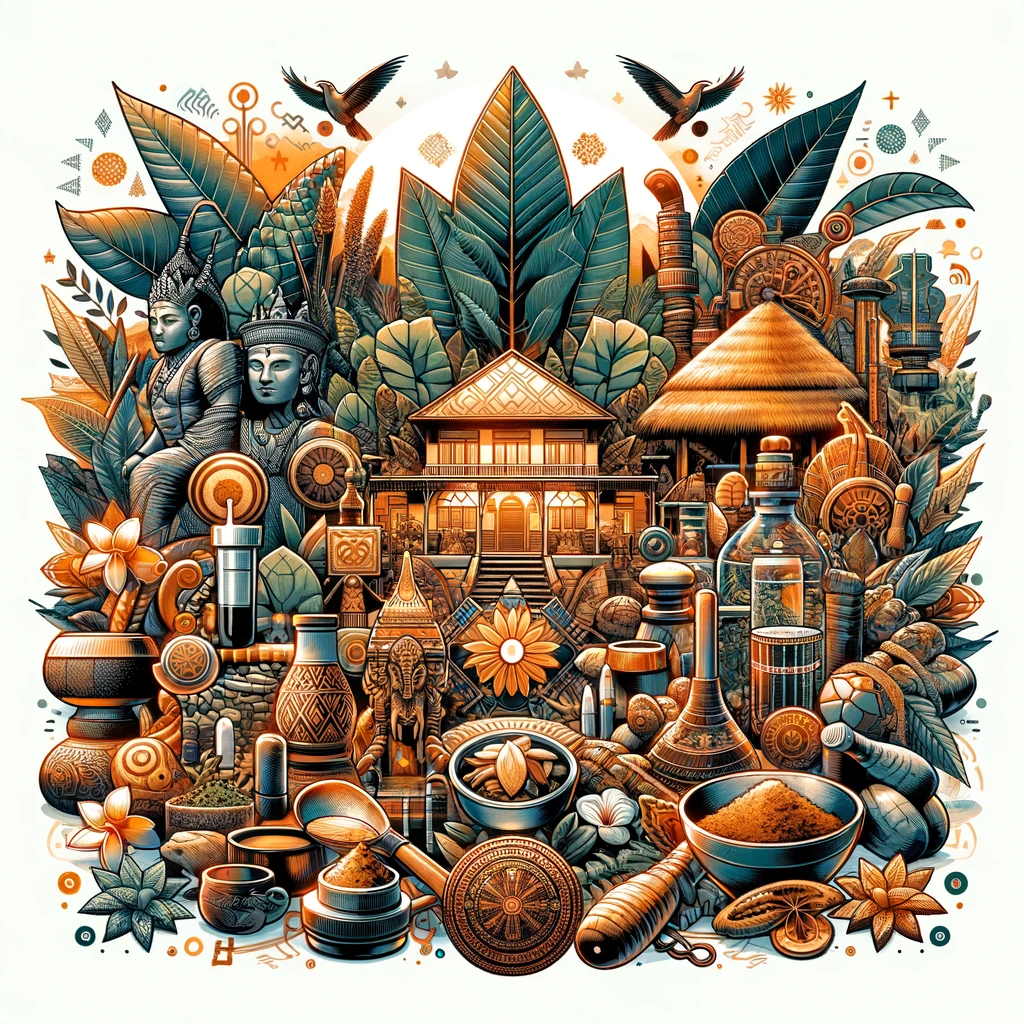
Exploring the Cultural Roots and Traditional Uses of Kratom and Kava
Introduction
In the world of natural herbal remedies, Kratom and Kava not only stand out for their health benefits but also for their rich cultural heritage. These plants have deep roots in the traditions of their native lands, and understanding this history can enrich our appreciation of their uses today.
Kratom's Cultural Significance
Originating from the lush landscapes of Southeast Asia, Kratom, or Mitragyna speciosa, holds a special place in the cultural tapestry of countries like Thailand and Malaysia. Traditionally, it's been a part of social and ceremonial life, often used to welcome guests and in local religious rituals. The leaves of this evergreen tree were also chewed by workers to endure long hours of labor under the scorching sun.
Traditional Uses of Kratom
Kratom's journey from a local herb to a globally recognized supplement is rooted in its versatile traditional uses. In its native regions, Kratom served as a natural remedy for various ailments, from pain relief to fighting fatigue. Its stimulant properties were especially valued by farmers and fishermen who relied on it for a much-needed energy boost during their strenuous workdays.
Kava in Pacific Islander Culture
Traveling across the ocean to the Pacific Islands, Kava, or Piper methysticum, emerges as an integral part of the region’s social and spiritual fabric. In Fiji, Vanuatu, and Tonga, Kava is much more than a drink; it's a symbol of hospitality and community. Its consumption during ceremonies, ranging from important tribal meetings to casual gatherings, highlights its role in strengthening social bonds.
Traditional Uses of Kava
Traditionally, Kava is prepared by grinding the root into a powder and mixing it with water. This concoction, known for its earthy flavor and sedative effects, is consumed for relaxation and to facilitate open and sincere communication during communal gatherings. It also plays a role in spiritual and religious practices, believed to connect the physical and spiritual worlds.
Modern Adaptations and Global Spread
As the world becomes more interconnected, Kratom and Kava have found new audiences far beyond their origins. Adapted into various forms - from teas and capsules to tinctures - they cater to the modern lifestyle while still holding onto their cultural essence. This global spread has sparked a curiosity to understand and respect the traditions from which these plants come.
Preserving Traditional Knowledge
As Kratom and Kava become integrated into wellness practices around the world, it's crucial to respect and preserve the rich cultural knowledge that surrounds them. This not only honors their origins but also ensures that their use remains true to the intentions of those who have relied on them for centuries.
Conclusion
Understanding the cultural and historical contexts of Kratom and Kava deepens our appreciation of their roles not just as supplements but as carriers of tradition and history. As we embrace these plants for their health benefits, let's also acknowledge and respect the rich cultural heritage they bring into our lives.
